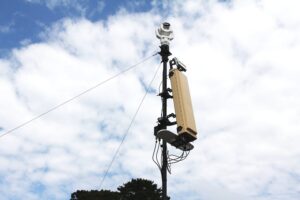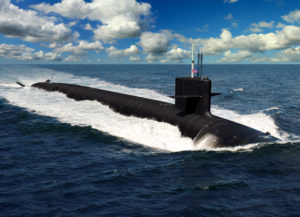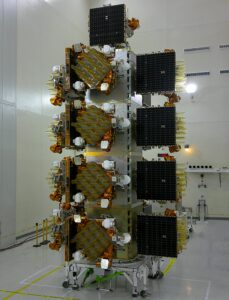
U.S. Space Force's Space Systems Command (SSC) is looking for companies able to provide an alternative bus and integration support for the Electro-Optical/Infrared (EO/IR) Weather Systems (EWS), which are to replace four Lockheed Martin [LMT] Defense Meteorological Satellite Program (DMSP) satellites, to provide military forces with global terrestrial cloud forecasts and theater weather imagery data. DMSP launches began in 1962, and the satellites are expected to retire by 2025 when EWS is to come online. SSC "seeks to identify industry sources…














